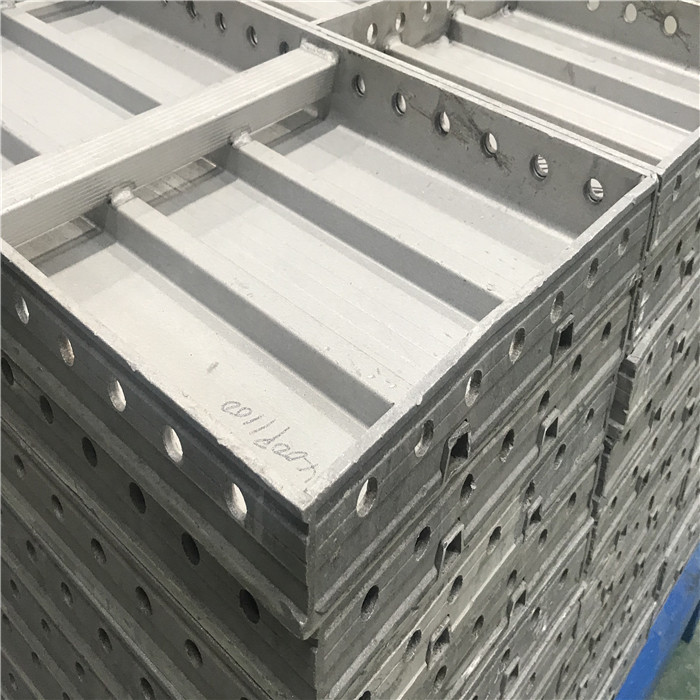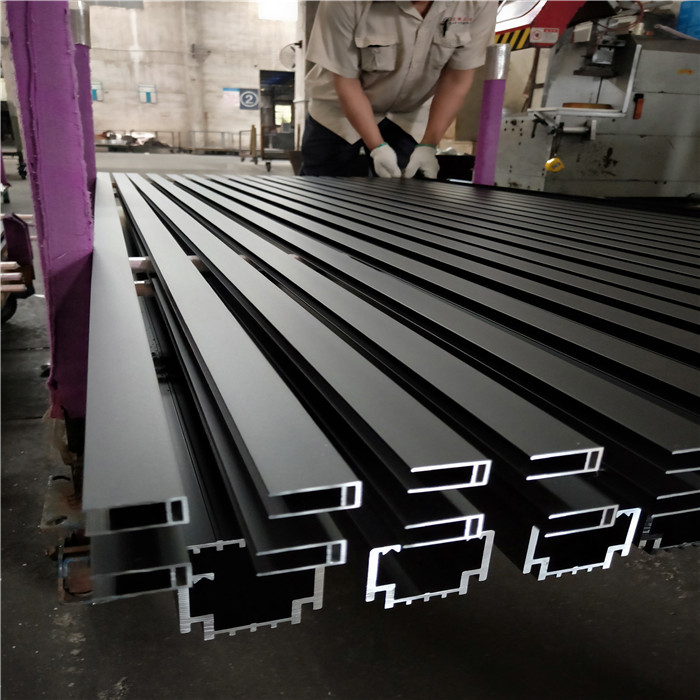What are the standards for aluminum welding?
Products made of aluminum and other alloying elements.
Usually is first processed into casting products, forging products and foils, plates, belts, pipes, bars, profiles, etc., and then through cold bending, sawing, drilling, assembly, coloring and other procedures and made.
The main metal element is aluminum, in addition to some alloying elements, improve the performance of aluminum.

Almost all kinds of welding methods can be used for welding aluminum and aluminum alloys, but aluminum and aluminum alloys have different adaptability to various welding methods, each welding method has its own application.
Gas welding and electrode arc welding, simple equipment, easy to operate.
Gas welding can be used for repair welding of aluminum sheet and casting with low welding quality requirements.
Electrode arc welding can be used for repair welding of aluminum alloy casting.
Inert gas welding (TIG or MIG) is the most widely used method for welding aluminium and its alloys.
Tungsten ac argon arc welding (GTAW) or tungsten pulse argon arc welding (GTAW) can be used for aluminum and aluminum alloy sheets.
Thick aluminum and aluminum alloys can be tungsten electrode heliarc welding, argon-helium mixed tungsten gas welding, melting gas welding, pulse melting gas welding.
FWS, PULSE FWS are more and more widely used (argon or argon/helium mixture)

1. Cleaning before welding: During the welding of aluminum and aluminum alloys, the oxide film and grease on the welding joint and wire surface of the workpiece shall be strictly cleaned before welding;
1) Chemical cleaning High efficiency, stable quality, suitable for cleaning welding wire and small size, batch production of the workpiece.
Can use dip to wash method and scrub method two kinds.
Remove oil from the surface with acetone, gasoline, kerosene and other organic solvents, wash with 5% ~ 10%NaOH solution at 40 ° C ~ 70 ° C for 3 min ~ 7 min(pure aluminum time is a little longer but not more than 20 min), then rinse with flowing water, and pickling with 30%HNO3 solution at room temperature to 60 ° C for 1 min ~ 3 min, then rinse with flowing water and air dry or dry at low temperature.
2) Mechanical cleaning: When the workpiece size is large, the production cycle is long, and the multi-layer welding or chemical cleaning is stained again, mechanical cleaning is often used.
First with acetone, gasoline and other organic solvents to wipe the surface in order to remove oil, then directly with a diameter of 0.15mm ~ 0.2mm copper wire brush or stainless steel wire brush, brush until the metal shine.
Generally, grinding with grinding wheel or ordinary sandpaper is not suitable, so as to avoid sand particles remaining on the metal surface, and slag clamping and other defects will occur when entering the molten pool during welding.
In addition, scraper, file can also be used to clean the surface to be welded.
After cleaning, if the storage time is too long (such as more than 24 h), it should be handled again.
2, pad: aluminum alloy at high temperature strength is very low, liquid aluminum flow performance is good, in the welding seam metal is easy to collapse phenomenon.
In order to ensure penetration and not collapse, welding is often used to support the pool and nearby metals.
The backing plate can be made of graphite plate, stainless steel plate, carbon steel plate, copper plate or copper bar, etc.
A circular arc groove is cut on the surface of the backing plate to ensure that the weld is formed on the opposite side.
It can also be formed without backing plate, but requires skilled welding operation or adopting advanced technological measures such as strict automatic feedback control of arc welding energy.
3, preheating before welding: thin, small aluminum parts generally do not need preheating, thickness of 10 mm ~ 15 mm can be preheating before welding, according to the different types of aluminum alloy preheating temperature can be 100℃ ~ 200℃, oxygen acetylene flame, electric furnace or blowtorch and other heating.
Preheating can reduce deformation and porosity of welding parts.

(1) The remaining flux and slag left in and around the weld after welding will destroy the passivation film on the aluminum surface and sometimes corrode the aluminum parts, which should be cleaned up.
Simple shape, general requirements of the workpiece can be washed with hot water or steam brush and other simple methods to clean.
For aluminum parts with high requirements and complex shapes, wash them with a bristles brush in hot water, then soak them in chromium anhydride aqueous solution or potassium dichromate solution at 60℃ ~ 80℃ with a concentration of 2% ~ 3% for 5 min ~ 10 min, wash them with a bristles brush, then wash them in hot water, dry them in an oven, or blow dry them with hot air, or dry them naturally.
(2) Post-weld heat treatment Aluminum containers generally do not require post-weld heat treatment.
Recycle Purchase recycle
Aluminum is one of the most important nonferrous metal varieties.
Due to its good properties (low density, good plasticity and formability) and easy recovery, pure aluminum and aluminum alloy have become important basic materials in home appliances.
Widely used in home appliances, such as hot parts, conductive parts and other parts of the remaking.
Waste aluminum recycling has become the most important part of non-ferrous metal recycling, its energy consumption, recycling costs are much lower than primary aluminum production (about 10%).

